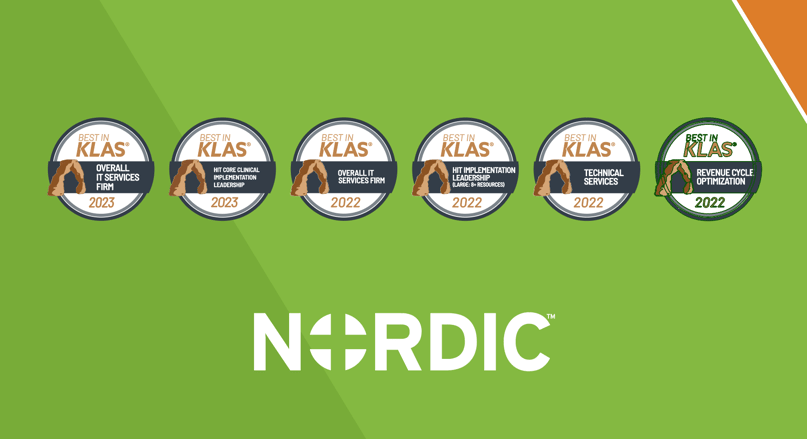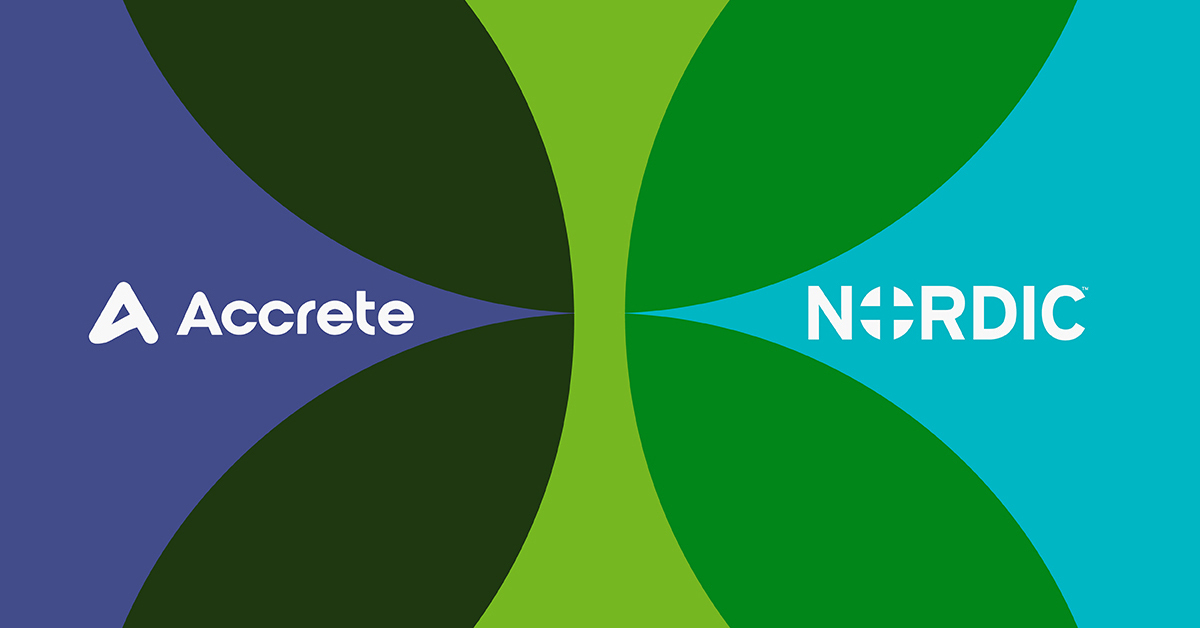Home

Nordic Repeats as Best in KLAS for Overall IT Services
Learn More
The New Healthcare Ecosystem: Preparing for Decentralized Care
Learn More
Learn more about Nordic
Learn More
Accrete Health Partners Acquires Nordic Consulting Partners
Learn More
Nordic Global
Learn More